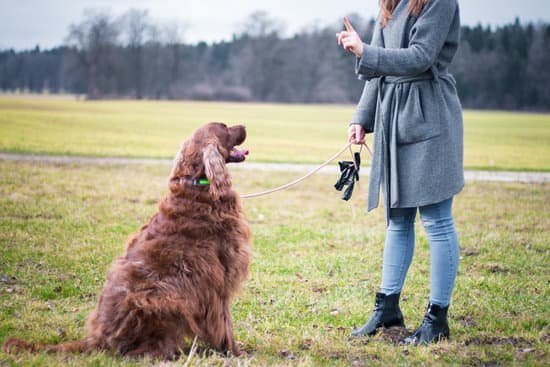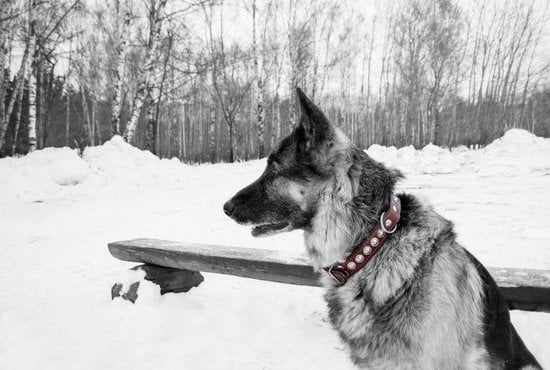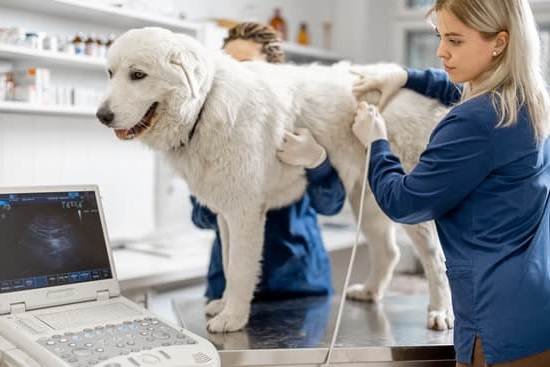Separation anxiety is one of the most common behavioral problems dog owners face. It can be a very frustrating and difficult problem to solve. Fortunately, there are a number of things you can do to help your dog overcome separation anxiety.
The first step is to identify the cause of your dog’s separation anxiety. There are many different things that can cause separation anxiety, including fear of abandonment, fear of loud noises, and fear of being alone. Once you have identified the root cause of your dog’s anxiety, you can begin to address it.
If your dog is afraid of abandonment, you can help him overcome his fear by gradually increasing the amount of time you are away from him. Start by leaving him for just a few minutes, and then gradually increase the amount of time you are away. If your dog is afraid of loud noises, you can help him overcome his fear by playing thunderstorm sounds or by using a thundershirt. If your dog is afraid of being alone, you can help him overcome his fear by gradually increasing the amount of time he spends alone.
The next step is to help your dog develop a strong bond with you. One of the best ways to do this is to train your dog using positive reinforcement. Start by teaching your dog basic obedience commands such as sit, stay, and come. Once your dog has mastered these commands, you can begin to teach him more advanced commands such as heel, down, and off.
The final step is to make sure your dog has plenty of exercise and stimulation. A tired dog is less likely to experience separation anxiety. Walks, hikes, and trips to the park are all great ways to give your dog plenty of exercise. Puzzles, treat balls, and other interactive toys can also help keep your dog stimulated and entertained.
How To Train Your Dog Out Of Separation Anxiety
Separation anxiety is a common problem for dogs, and it can be frustrating for both dog and owner. Fortunately, there are a number of things you can do to help your dog overcome separation anxiety.
The first step is to identify the things that trigger your dog’s separation anxiety. Common triggers include being left in a new place, being left alone, or hearing someone else leave the house. Once you have identified the triggers, you can start working on a plan to help your dog overcome his anxiety.
One of the most important things you can do is create a routine for your dog. When you leave the house, have a specific routine that you follow each time. This will help your dog know what to expect and will help him feel more secure.
When you are first starting to train your dog, it is important to leave him alone for very short periods of time. Gradually increase the amount of time you are gone, but be sure to keep things consistent. If you leave for longer periods of time one day and shorter periods the next, your dog will become confused and may not respond well to the training.
If your dog exhibits signs of separation anxiety, such as whining, barking, or pacing, provide him with a toy or bone to chew on. This will help him to calm down and may help to distract him from his anxiety.
Finally, be sure to praise your dog when he responds well to the training. This will help to reinforce the behaviors you want him to exhibit and will help him to feel good about himself.
How To Train My Dog Not To Have Separation Anxiety
Separation anxiety is a common problem in dogs, and can be very frustrating for both dog and owner. Fortunately, there are many things you can do to help your dog overcome separation anxiety.
The first step is to identify the factors that trigger your dog’s separation anxiety. Some common triggers include being left alone, being in a new environment, or seeing a family member leave. Once you have identified the triggers, you can work on helping your dog overcome his anxiety.
One of the best ways to help your dog overcome separation anxiety is to provide him with plenty of exercise and stimulation. A tired dog is less likely to experience anxiety when left alone. You can also help your dog by providing him with a safe and comfortable place to relax when you’re not home. A crate or kennel can be a great place for your dog to relax, and can help reduce his anxiety.
Finally, make sure to praise your dog when he behaves calmly when you’re away. This will help reinforce positive behavior and will help your dog feel more confident when you’re not home.
Dog Anxiety Training Peoria Az
Dogs can experience anxiety for many reasons: changes in routine, being left alone, thunderstorms, and car rides, to name a few. For some dogs, these anxieties can be mild and manageable, but for others, they can be quite severe and debilitating. If your dog is experiencing significant anxiety, it is important to seek professional help.
At our dog anxiety training Peoria Az center, we specialize in helping dogs overcome their anxieties. We use a combination of behavior modification techniques and pharmaceuticals to help your dog feel comfortable and confident.
If your dog is experiencing anxiety, don’t wait to seek help. Contact our dog anxiety training center today to get started on the road to recovery.
Train Service Dog For Anxiety
Train service dogs to help people with anxiety disorders is a new and growing trend. Dogs have been shown to be very effective in reducing anxiety symptoms in people. They provide a sense of security and calmness which can be very beneficial to people with anxiety disorders.
There are a few different ways to train a service dog for anxiety. One way is to train the dog to provide physical support. This can involve the dog lying next to the person or placing its head on the person’s lap. The dog can also be trained to provide emotional support by providing companionship and by being always happy to see the person.
Another way to train a service dog for anxiety is to train the dog to perform specific tasks that can help to reduce anxiety symptoms. For example, the dog can be trained to remind the person to take deep breaths or to provide a sense of security by remaining close to the person.
No matter how the dog is trained, it is important that the dog is comfortable and happy with the task. The dog should also be properly socialized and trained to behave appropriately in public.
Service dogs can be a great help to people with anxiety disorders. They can provide physical and emotional support, and can help to reduce anxiety symptoms. If you are considering a service dog for anxiety, be sure to find a reputable training program that will provide you with a well-trained and comfortable dog.

Welcome to the blog! I am a professional dog trainer and have been working with dogs for many years. In this blog, I will be discussing various topics related to dog training, including tips, tricks, and advice. I hope you find this information helpful and informative. Thanks for reading!





